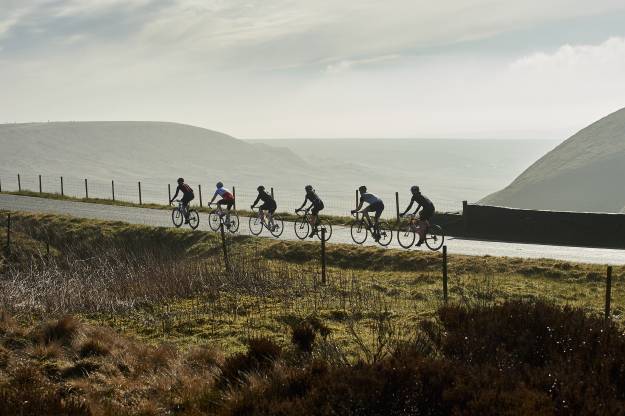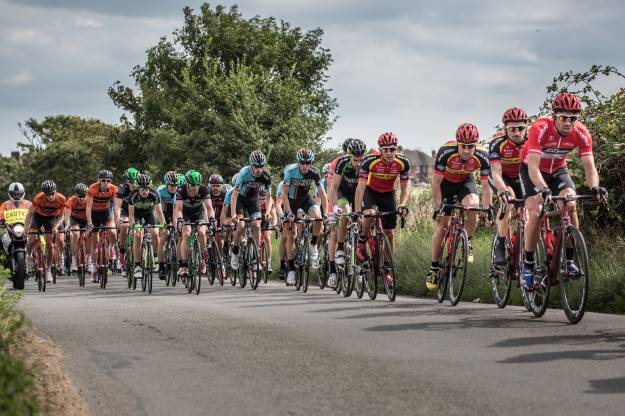For the advanced athlete, the most important element of any training program is intensity. It’s not how long the ride is, which is what most athletes rely on as a marker of progress toward greater fitness.
How many miles or hours you do in a week has much less impact on your fitness than does the intensity of your individual workouts. Getting the intensity right is much more likely to result in fast racing than simply putting in a lot of “junk” miles.
The reason athletes focus so much on duration as a marker of progress is probably because it’s so easily measured; all you need is an odometer or a stopwatch on your bike. Athletes are much less inclined to talk about intensity as a measure of fitness progress as it is far more difficult to measure and define. Here I will show you how you can use power to easily describe intensity so that you can rely on it as a gauge of how your training is going.
Intensity factor
What if I told you that I did a 90-minute ride at an average power of 200 watts? Would that mean anything to you? Would you know whether that was an easy or a hard ride for me? No, you would not. Without knowing what I am capable of doing , you would not be able to make sense of 200 watts. You would need to compare that number to something else.
With a power meter, the standard reference point is Functional Threshold Power. By comparing 200 watts to my FTP, you would know how easy or hard the ride was. And the resulting number would be my Intensity Factor.
Here’s how it works. To compare FTP to my 200-watt workout, I could divide the ride’s average power by my FTP to find the percentage of FTP at which I rode. For example, let’s say my FTP is 350 watts. If I divide 200 by 350, I get 0.571. That means I was riding at 57 percent of my FTP, and 57 percent would be my IF for that session. It was therefore not a particularly hard ride. But if my FTP is 227 watts, the ride was done at 88 percent of FTP (200 ÷ 227 = 0.881). That’s a tough workout.
Using IF, you can compare the intensities of workouts or races that you’ve done, or you can compare them to another rider’s. What you will know then is how hard you were riding. Intensity Factor can also be used in the design of racelike workouts matched to the expected intensity of your A-priority races.
In the 12 weeks before such a race, you should increasingly focus your workouts on the expected race intensity in order to be prepared. Be aware that not all these races are steady-state events in which the IF remains relatively stable throughout. Whereas time trials and triathlons are steady, road and mountain bike races have lots of surges with great changes in intensity throughout. The IF for these races is an average that may include extreme highs and lows.
Reprinted with permission from Author, Joe Friel (2012-09-01). The Power Meter Handbook: A User’s Guide for Cyclists and Triathletes"
Joe Friel’s Advanced Training Metrics Talk – Sunday 28 September
On Sunday 28 September between 11.30am and 1.30pm, Joe Friel - the world famous elite endurance coach and author of The Cyclist’s Training Bible and The Triathlete’s Training Bible - will give a talk in Manchester on advanced training metrics. This event is open to endurance coaches, riders and triathletes who are keen to learn how to leverage advanced training metrics to enhance their performance.
Please click here to register for Joe Friel’s Advanced Training Metrics Talk.








